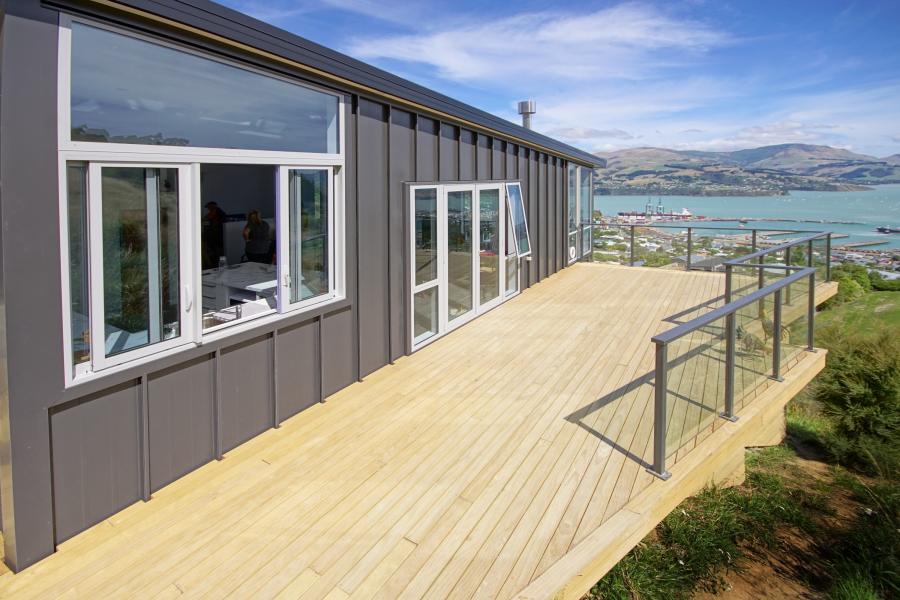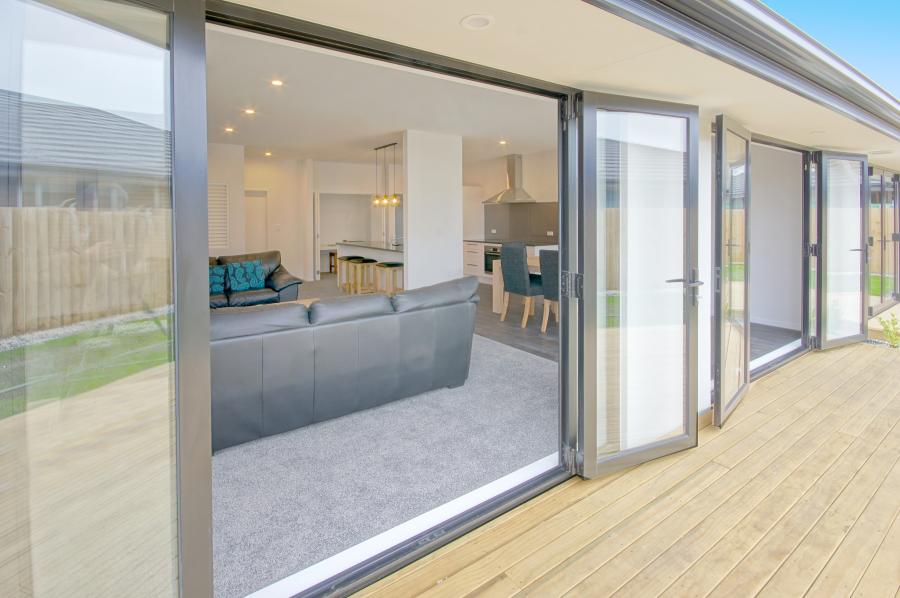Podcast: Play in new window | Download | Embed
Robert Whitehouse is Director of Whitehouse Builders and Energy Efficient Homes. He started as an apprentice carpenter in the UK where he gained experience in a range of building work from making kitchens through to working on commercial sites. He also did a bit of building in Germany.

When he came to New Zealand, he had to relearn some of his trade. A lot of things were different he explains, and a lot was missing. Back at building college in the UK, when Robert was still a teenager, he learnt about vapour control and the basics of building science. Decades on when he asked about these features in New Zealand buildings, he got some confused looks. Hopefully, the industry here is now starting to catch on.
The Way We’ve Always Done Things
Not long after starting work as a builder in New Zealand and observing the way things were done, Robert asked the question, “why are you doing this?” At the time, he was referring to a rather outdated way of pegging out a site in preparation for foundation works. But it’s a valid question today for the whole building process in New Zealand, Australia and elsewhere. When the response from a colleague came back, along the lines of “because that’s the way we’ve always done it”, Robert knew something had to change.
Whitehouse Builders
Following the Canterbury earthquakes, Robert thought about what he really wanted to do and decided it was along the lines of building affordable, sustainable houses. It wasn’t likely that he’d be able to do this the way he wanted while working for a volume house builder, and so he set up his own building company.

Is it Really Energy Efficient?
Robert advocates for designers and architects to go on a Passive House course. He sees a lot of so-called ‘energy-efficient’ designs that are full of thermal bridges and lack some of the basics. “We live in houses that look pretty,” says Robert, “but they just don’t work”. Training is readily available now and most architects would do well to go on a course.
Today, Whitehouse Builders has a team of their own designers and Robert’s vision is to get all his designers Passive House trained.
Getting Good Clients
“If you explain things to people so it’s simple, they understand it,” says Robert. He’s done a bit of explaining and attracts clients as a result of active marketing strategies such as public seminars and writing articles.

“A lot of people who are looking for energy efficiency tend to do their research,” explains Robert. Some of these clients become more educated than those in the industry who are just trying to jump on the energy efficiency bandwagon. An educated client will know a good design when they see one. They’ll know the right questions to ask and will be keen to find a good quality builder who can deliver results.
Understanding is More Powerful than Education
There’s a distinction between education and understanding. It’s one thing to know that facts and figures – the logic of building an energy-efficient house. But Robert believes that true motivation comes from the understanding gained by experiencing the feeling of a comfortable, healthy home.
“Once you live in an energy-efficient house, you are not going back to a standard house,” Robert tells potential clients. And lower power bills are well down the list of advantages for most people. At the top of the list is comfort. Once you feel the comfort of a house that works properly and experience the health benefits, it’s very hard to accept anything less.

Sunny Subdivisons
If there’s one part of the industry he could change, it would be the developers of land. Robert says that a lot of subdivision are set out for maximising the number of sites and dwellings, with no regard for orientation of the sections. This results in sub-optimal positioning of living spaces and windows.
Overheating
Overheating of modern homes has become a problem. The solutions are relatively simple with good planning from the start. Orientation, minimising large west-facing windows and adding external shading will all help reduce the risk of the house overheating and becoming uncomfortable.
“The thing is with the heat is, once it’s in the house, it’s in the house” explains Robert. Closing the curtains won’t help, they just become radiators. Robert has proven this to clients using a thermal camera to take photos of windows exposed to the sun. He has examples of the window glass getting up to 39℃. The best place for shutters and shading is on the outside, not curtains on the inside.
Energy Efficient Homes

Robert now has two companies, Whitehouse Builders and Energy Efficient Homes, the latter being completely focussed on serving those who want truly comfortable and healthy homes.
It’s great to know there’s a growing market for comfortable, healthy homes everywhere. It’s also encouraging to have people like Robert Whitehouse helping to spread the word and make these homes more accessible to more people.

Leave a Reply